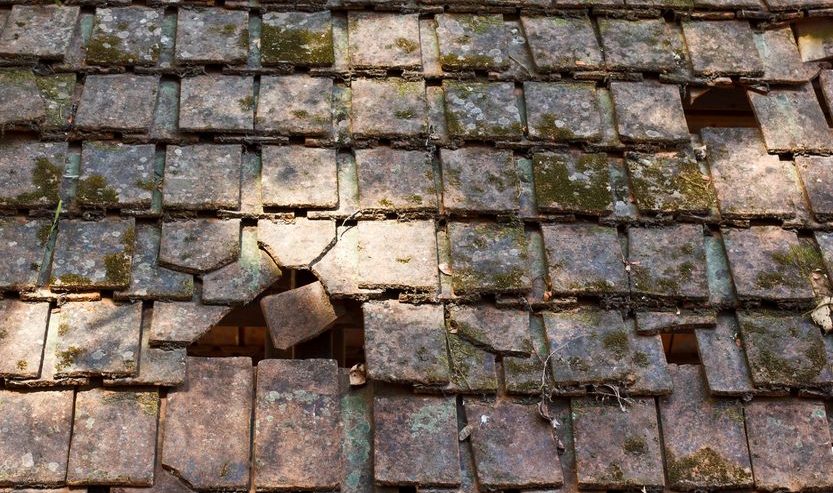Signs Your Roof Is Leaking
It’s a fact of life that even the toughest roofing material and expert craftsmanship will wear away over time. If flowing water can form the Grand Canyon, it can destroy your roof. Harsh Philadelphia winters act especially fast, and freeze-thaw cycles can work moisture into your home which adds up to major damage if left untreated. With fall already here and winter on the way, it’s crucial that you make sure your home’s roof is water tight. Watch out for signs that your roof is leaking so that you can schedule repairs before the harsh cold of winter sets in and causes further damage.
Water Spots
One of the first signs you should look for when trying to detect leaks is the presence of water spots. Water spots are usually a brownish color, and are a huge sign that your roof is in need of repair. They won’t necessarily tell you where the leak is coming from, however, so you’ll have to do some investigating to figure out what specific areas need fixing. Spots can appear both inside and outside of your home, and large spots on your roof may indicate a problem with the roof flashing, which are pieces that lock out moisture from places where parts of your roof intersect. Although you may be able to detect the source of the leak yourself, it can also be a good idea to hire a roofing expert to lend a helping hand.
Mold
When moisture is present, it becomes very simple for mold to develop. Although most forms of mold are relatively benign, others can seriously affect your health, meaning you should address mold as soon as you notice it. All forms of mold require damp environments to survive and spread, so if you notice that your walls are furrier than normal, it’s definitely time to do an inspection. Unlike plant life, mold doesn’t need light, so it can even grow inside your walls and contaminate your insulation. While you may not see it, spores can begin to affect your health before they begin to seriously affect your home. If you feel something is wrong, it is better to be safe than sorry.
Crumbling Shingles
Different types of roofing have different lifespans and costs, but most people in Philadelphia prefer asphalt shingles for their combination of durability and affordability. Shingles, fortunately, give many warning signs that they are deteriorating, giving you ample opportunity to seek repairs before a more serious situation develops. Places where shingles are missing entirely, common after severe hailstorms, create gaping weaknesses in your roof’s infrastructure. If you notice the edges of your shingles are curling upward (referred to as cupping), this can mean that water is seeping in underneath.
Near the end of their lifespan, the granules on these shingles will fall off and wash out of your gutters in the rain. While a few granules are normal, lots of them are an indication that it is time to do some replacement.
To ensure the long term health of your roof, as well as the home it protects, you need to make sure to prevent water leaks in whatever way possible. Paying attention to signs that your roof is leaking will help you avoid future disaster and expensive water damage repair costs.





Comments
Comments are disabled for this post